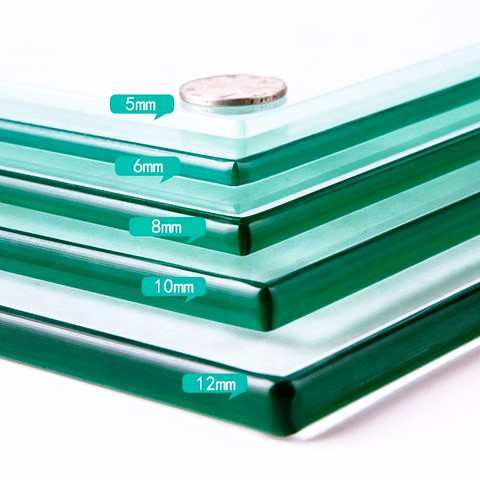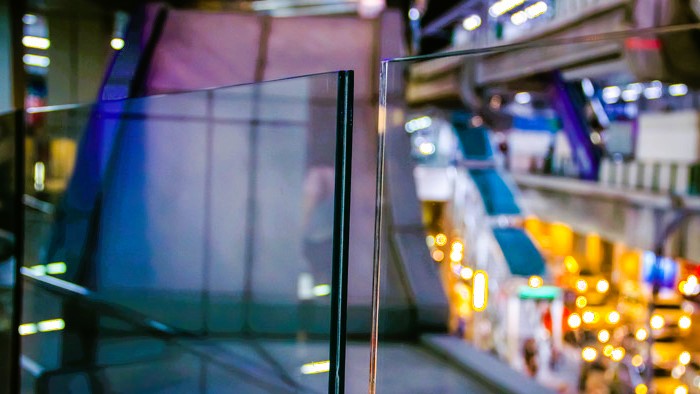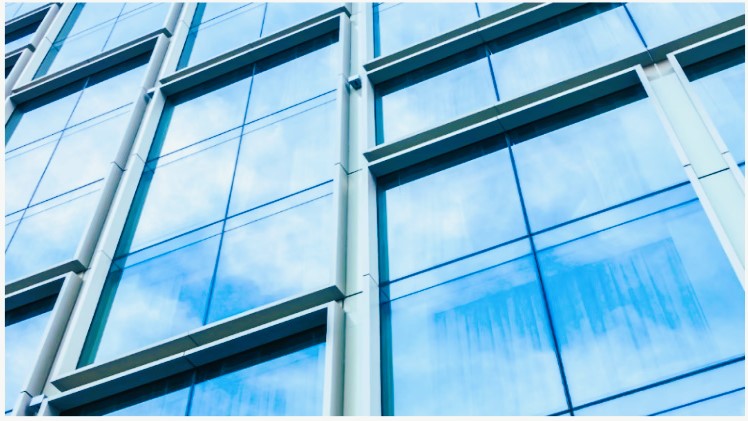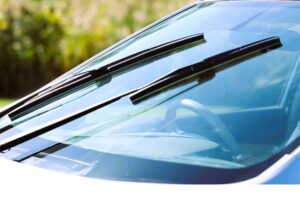Windows are more than just portals to the outside world; they are essential components of a building’s safety, security, and aesthetics. When it comes to enhancing window protection, laminated glass has emerged as a popular choice. In this article, we will delve into the advantages and disadvantages of laminated glass, shedding light on its role in modern architecture and construction.
Understanding Laminated Glass
Laminated glass is a specialized type of safety glass that consists of two or more layers (typically two) of glass bonded together with one or more layers of a transparent and tough plastic material, usually polyvinyl butyral (PVB) or ethylene-vinyl acetate (EVA). The layers of glass and plastic are permanently fused through a combination of heat and pressure, creating a single, unified piece of glass.
The primary feature that sets laminated glass apart from other types of glass is its ability to hold together when shattered. If an impact is forceful enough to break the glass, the plastic interlayer keeps the glass fragments bonded together, preventing them from dispersing and reducing the risk of injury.

Advantages of Laminated Glass
- Safety: One of the most significant advantages of laminated glass is its enhanced safety. In the event of breakage, the glass fragments remain adhered to the plastic interlayer, reducing the risk of sharp shards causing injury. This property makes laminated glass an ideal choice for applications where safety is a primary concern, such as car windshields, balconies, and hurricane-prone regions.
- Security: Laminated glass provides an added layer of security against forced entry and vandalism. The interlayer resists penetration attempts, making it more difficult for intruders to breach windows and gain access to buildings.
- Sound Insulation: Laminated glass offers improved noise reduction properties compared to standard single-pane glass. The plastic interlayer dampens sound vibrations, creating a quieter indoor environment. This feature is especially valuable for buildings located in noisy urban areas.
- UV Protection: The plastic interlayer in laminated glass can be manufactured to block a significant portion of harmful ultraviolet (UV) rays. This UV protection helps prevent the fading and deterioration of interior furnishings, artwork, and flooring.
- Storm and Impact Resistance: Laminated glass is commonly used in regions prone to severe weather conditions, such as hurricanes and tornadoes. It can withstand the impact of flying debris and maintain its structural integrity.
- Customization: Laminated glass is available in various thicknesses, interlayer options (clear, tinted, or colored), and finishes. This versatility allows architects and designers to customize windows and facades to achieve specific aesthetic goals.
Disadvantages of Laminated Glass
- Cost: Laminated glass is generally more expensive than standard single-pane glass. The additional materials and manufacturing processes contribute to its higher price.
- Weight: Laminated glass is heavier than single-pane glass, which can necessitate the use of sturdier window frames and support structures. This added weight can increase construction costs.
- Thicker Appearance: Laminated glass can have a slightly thicker appearance compared to single-pane glass. While this may not be a significant drawback for most applications, it could affect the aesthetics in certain design contexts.
- Limited Thermal Insulation: Laminated glass alone does not provide the same level of thermal insulation as double-glazed or triple-glazed windows. In terms of energy efficiency, it may not be as effective at reducing heat transfer.
Applications of Laminated Glass

Laminated glass finds applications in a wide range of settings, including:
- Automobile Windshields: Laminated glass is a standard feature in car windshields, offering safety and protection to vehicle occupants.
- Hurricane-Resistant Windows: Buildings in hurricane-prone regions often use laminated glass to safeguard against strong winds and flying debris.
- Balcony Railings: Laminated glass is commonly used in balcony railings to prevent accidents and enhance safety.
- Storefronts and Display Cases: Laminated glass provides security for commercial spaces, making it difficult for burglars to break in.
- Soundproof Windows: Hotels, hospitals, and residential buildings in noisy areas use laminated glass for superior sound insulation.
Conclusion: Balancing Safety and Functionality
Laminated glass offers a balance between safety, security, and functionality in various architectural and construction applications. Its ability to maintain structural integrity and prevent shattering makes it an invaluable choice for enhancing window protection. While it may come at a higher cost, the added safety and security benefits make laminated glass a worthwhile investment in many building projects.
For more information on laminated glass standards and regulations in Canada, you can visit Glass Standards. These standards ensure the quality and performance of laminated glass products used in Canadian buildings and constructions.




